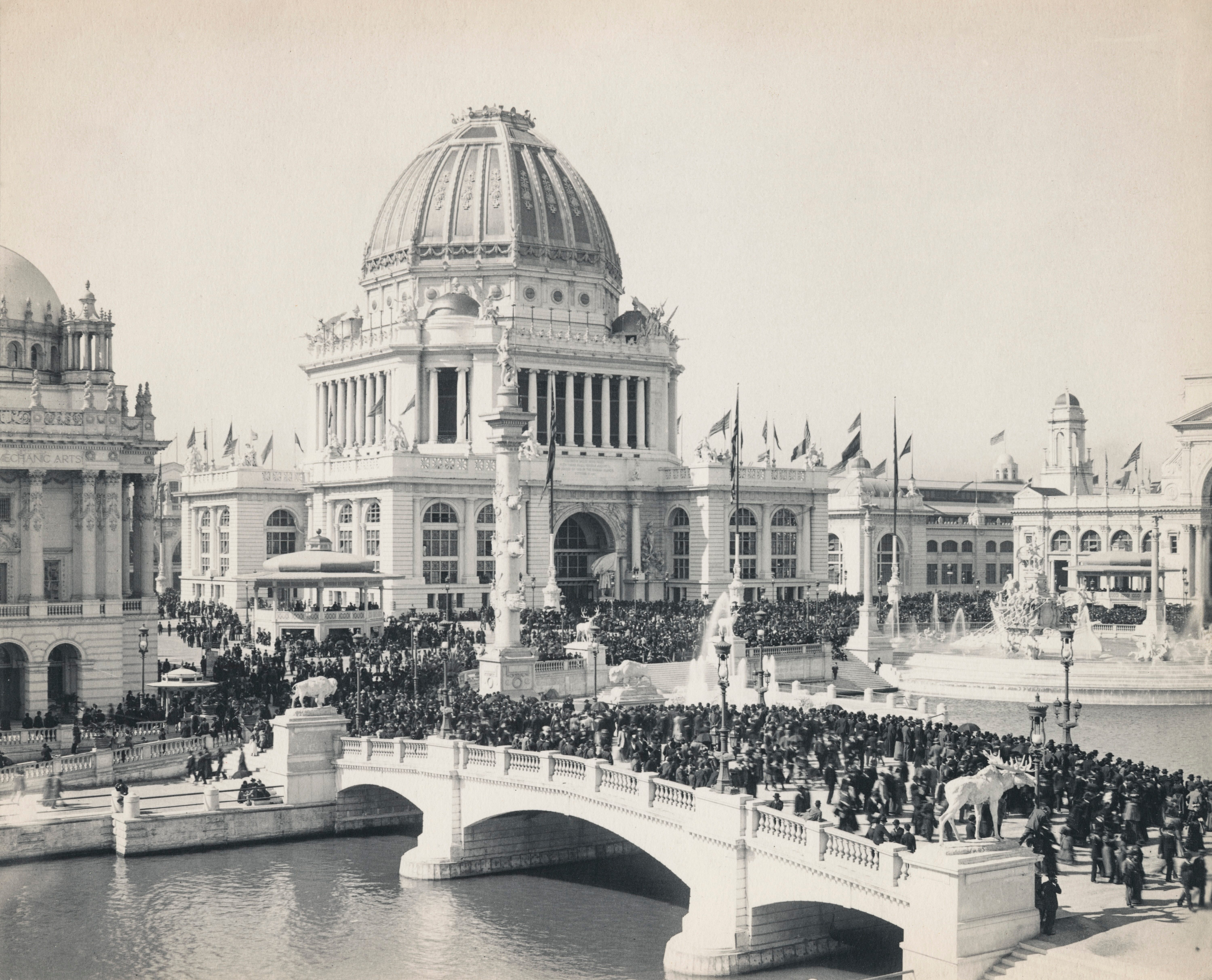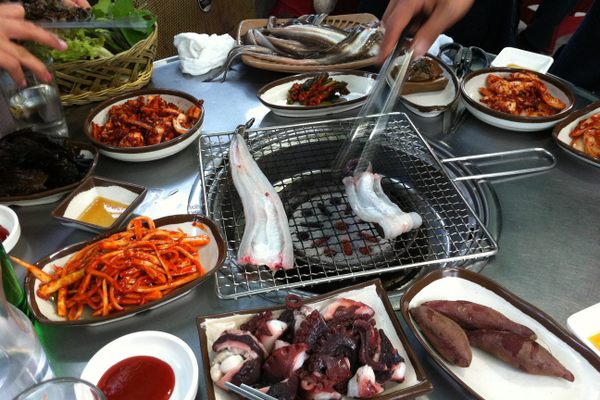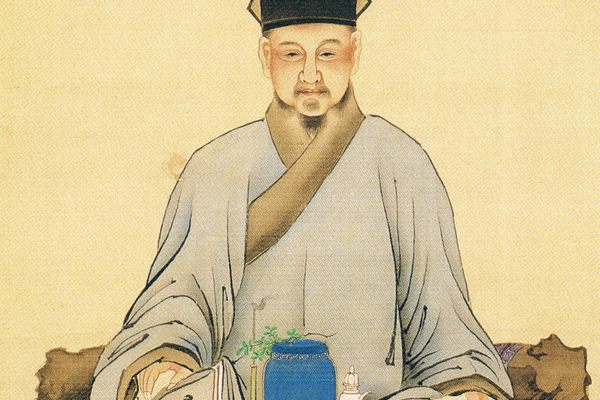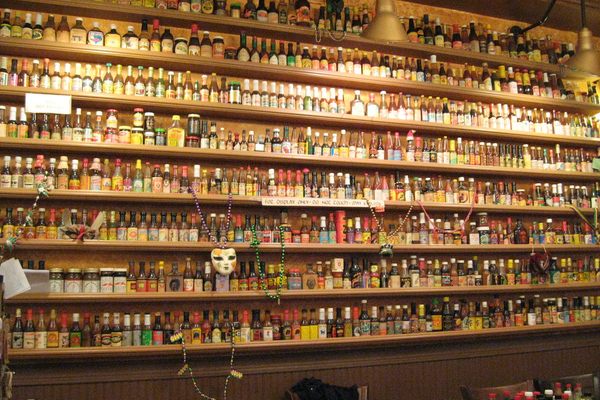The Hottest Drink of the 1893 World’s Fair Was an Artificial Orange ‘Cider’
“You’re drinking something that some guy just cobbled together out of Lake Michigan water and food dye.”
Imagine you’re a wide-eyed attendee of the 1893 World’s Columbian Exposition in Chicago, also known as the World’s Fair. Luckily, you’ve finally landed at the front of the line for the marvelous Ferris wheel, the first ever constructed. Unluckily, it’s a hot June day, and two rotations on the Ferris wheel take 20 minutes.
After stumbling out of the Ferris wheel cabin, you’ve sweated through your fine fair-going clothes. Feeling dizzy and nauseous from the heat more than the heights, you see a welcome sight: Next to the ride, a stand is selling ice-cold orange cider.
Sweet, sour, and nonalcoholic, orange cider was the hottest drink of the World’s Fair. Introduced by a Floridian drink manufacturer, the beverage grew wildly popular throughout the six months of the event.
World fairs and expositions have long been a way for nations, states, institutions, and businesses to show off their best sides to large audiences. Since people love novel foods and drinks, these events also popularized or inspired many foods we still eat today. Juicy Fruit gum got its start at the 1893 fair, as did the Chicago specialty Vienna beef. The St. Louis World’s Fair in 1904 was where the ice cream cone became mainstream, and while the 1964 World’s Fair in New York was something of a disaster, it also kicked off a vogue for Belgian waffles.

But orange cider, the runaway success of 1893, has not stayed in the culinary lexicon. According to Marissa Croft, a research and insights analyst at the Chicago History Museum, there’s a very good reason why. “Probably all the knock-offs made a pretty big ding to its reputation,” she says.
Orange cider, explains Croft, existed prior to the fair, but was sometimes made as an alcoholic drink, accounting for the “cider” in the name. With the American temperance movement well underway, many stands at the fair opted to sell soft drinks to the public. While lemonade and other citrus-flavored treats were available to many Americans, the appeal of the cider, Croft believes, was its association with Florida and other warm regions.
A majority of the U.S. states (plus one territory) had their own building at the fair. Florida’s was particularly magnificent. “The Floridian pavilion was really nice. It was lush, and they had this huge orange tower in the center,” says Croft. Florida’s pavilion sold orange cider, which they maintained had real oranges in it. Other businesses and exhibits soon followed suit, making orange cider into a genuine craze.
With 27 million total fair attendees, that meant a lot of people sampled orange cider. Businesses smelled an opportunity to cash in, and soon, much of the cider sold at the fair contained no orange at all. “You’re promised orange cider, which sounds pretty straightforward, like a sugary fruity drink. But then you’re drinking something that some guy just cobbled together out of Lake Michigan water and food dye,” says Croft.

In a recent video, Croft and YouTuber Kaz Rowe whipped up one recipe for orange cider from an 1899 book, which contained simple syrup, orange essence, citric acid, and food coloring. The recipe, which Croft included in a blog post on the Chicago History Museum website, is a sweet, citrusy drink. It’s less complex than actual orange juice, but it’s pretty tasty and incredibly simple to make. It’s easy to understand why drink-makers would prefer to sell this version of “orange cider,” instead of messing around with actual oranges.
But there were much more offensive versions. “People got wise to the popularity and wanted to create their own version for cheap,” Croft says. “It was a mixture of molasses and apple cider vinegar, basically. So it had this orangey color, a little hint of sweetness, a little bit of tanginess, but not a drop of orange.”
As the fair went on, more and more people realized that what they were drinking wasn’t orange cider at all. “There’s a joke, that’s in the blog post, of the concessionaire at the World’s Fair desperately phoning a grocery store [and saying,] ‘I need that keg of molasses and two-gallon jug of vinegar. I’ve been out of orange cider for hours!’” Croft laughs.
For some people, though, it wasn’t a laughing matter. The Floridian pavilion had to defend themselves, testifying that their cider contained actual oranges. Croft also notes that, when the office of the Illinois State Food Commission was founded, they conducted “chemical analyses of all of these fraudulent orange ciders that popped up after the fair.” Often, they found that the drinks contained no orange juice.

Orange cider had made a name for itself, all right. It just wasn’t entirely a positive one. It didn’t help that the federal Food and Drug Act of 1906 was just around the corner, inspired by the era’s many food adulteration scandals. While even the grossest versions of orange cider weren’t harmful, many companies, Croft observes, “were passing it off as something that it wasn’t.”
In October 1893, the fair came to an end, leaving a lasting impact on American ideas about architecture, art, technology, fun, and food. Even as the fair was being dismantled, orange cider was still considered something to joke about. As one publication noted, “The young woman who sold souvenir spoons and the young man who sold pure Californian orange cider made from vinegar and molasses are departed.”
For the next few years, trade publications and government reports covered instances of fake orange cider being sold in stores as the real deal. Sometimes, the cider was advertised as being the same drink served at the World’s Fair. “People are drinking this beverage called orange cider. And then it’s really gross. It’s flavored possibly with soap. They’re probably going to be turned off of that beverage for a while, even if they had drunk it initially because they’d heard it was good,” says Croft.
In the early 20th century, orange cider slowly slid into obscurity. Ironically, one 1911 publication had a writer innocently wondering why. “As long ago as 1893 an excellent article of orange cider was made in California and sold on the grounds of the Columbian Exposition at Chicago,” they wrote. “It was a fine beverage and appeared to be in good demand. It would seem as if a little judicious advertising would have made it popular all over the world.”

'Orange' Cider
Adapted from Marissa Croft and the Chicago History Museum
- Around one quart
Ingredients
- 4 cups water
- 1 cup simple syrup
- 1/2 tablespoon citric acid
- 3/4 teaspoon orange extract
- Red and yellow food coloring
Instructions
-
Pour the water, simple syrup, citric acid, and orange extract into a pitcher. Stir.
- Carefully add the red and yellow food coloring until the drink is believably orange. Serve over ice.
Notes and Tips
While not containing any orange juice, this is a relatively tastier version of orange cider. On her original blog post, Croft also includes a recipe for the molasses-and-vinegar drink that so many fair-goers objected to (one writer even called it a "soul-destroying concoction").
Gastro Obscura covers the world’s most wondrous food and drink.
Sign up for our email, delivered twice a week.



































Follow us on Twitter to get the latest on the world's hidden wonders.
Like us on Facebook to get the latest on the world's hidden wonders.
Follow us on Twitter Like us on Facebook